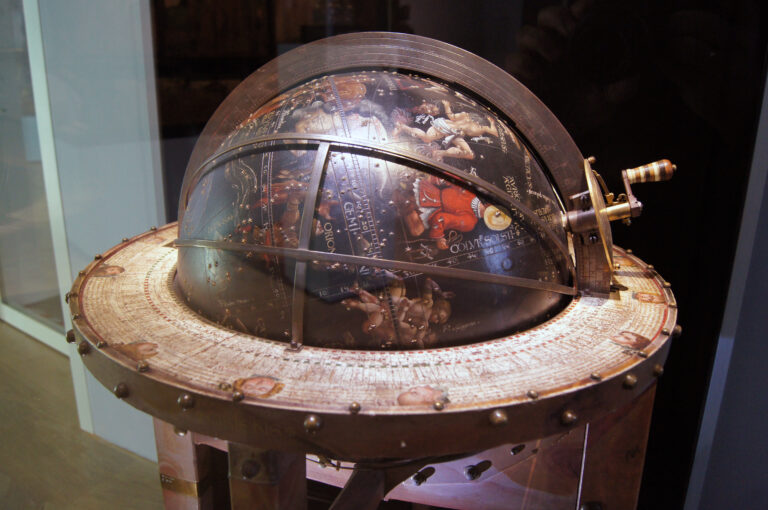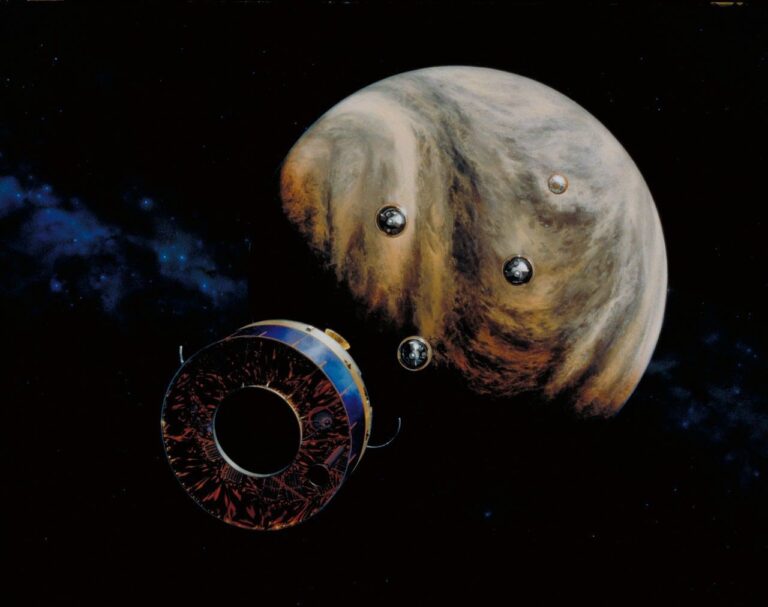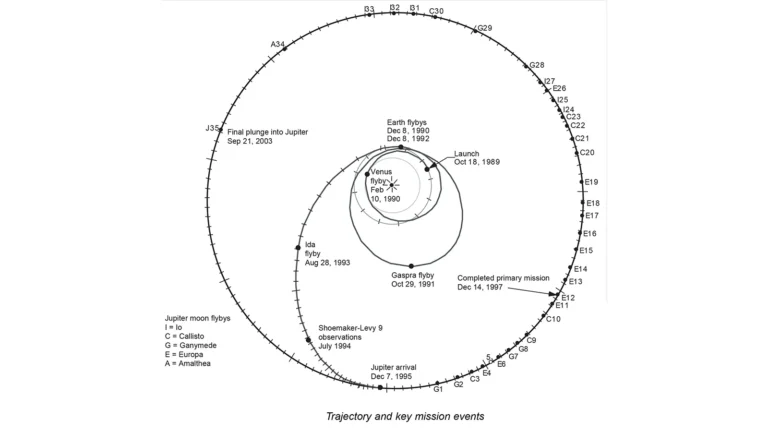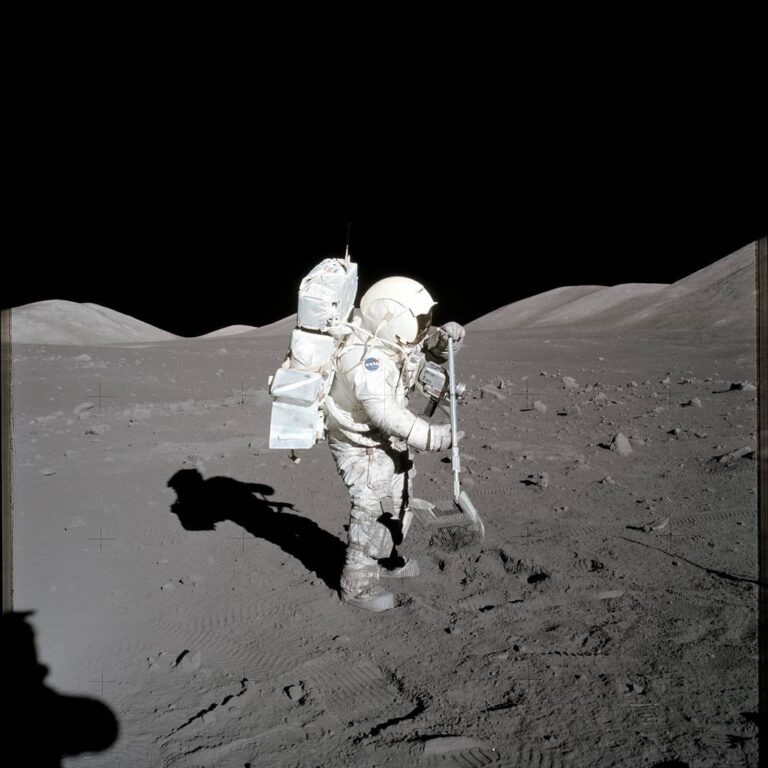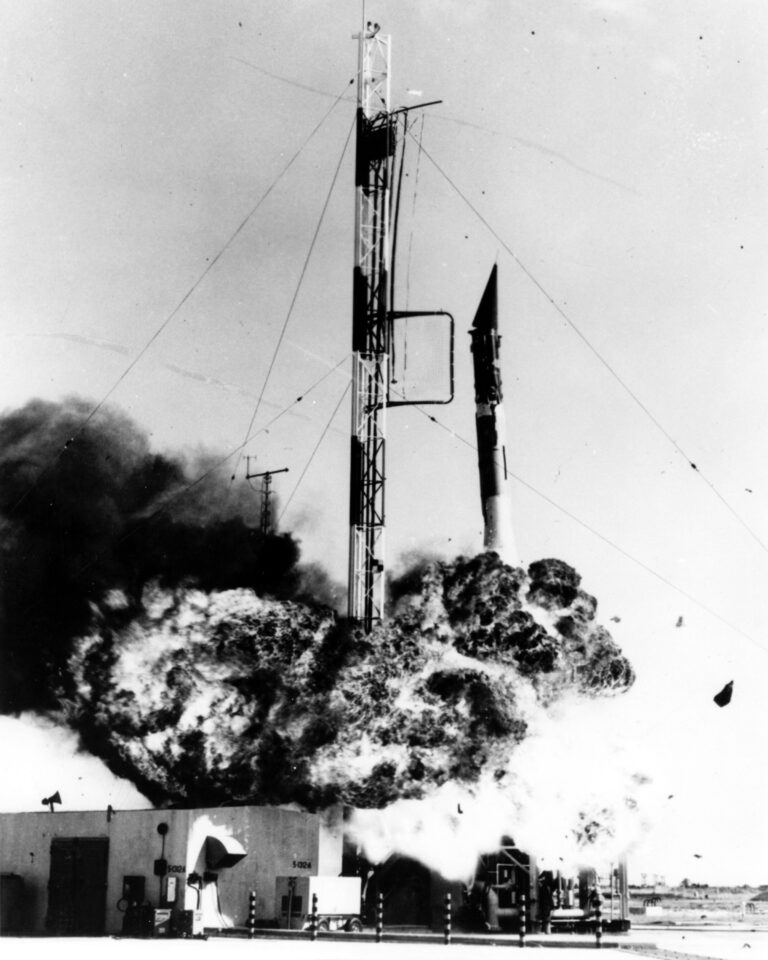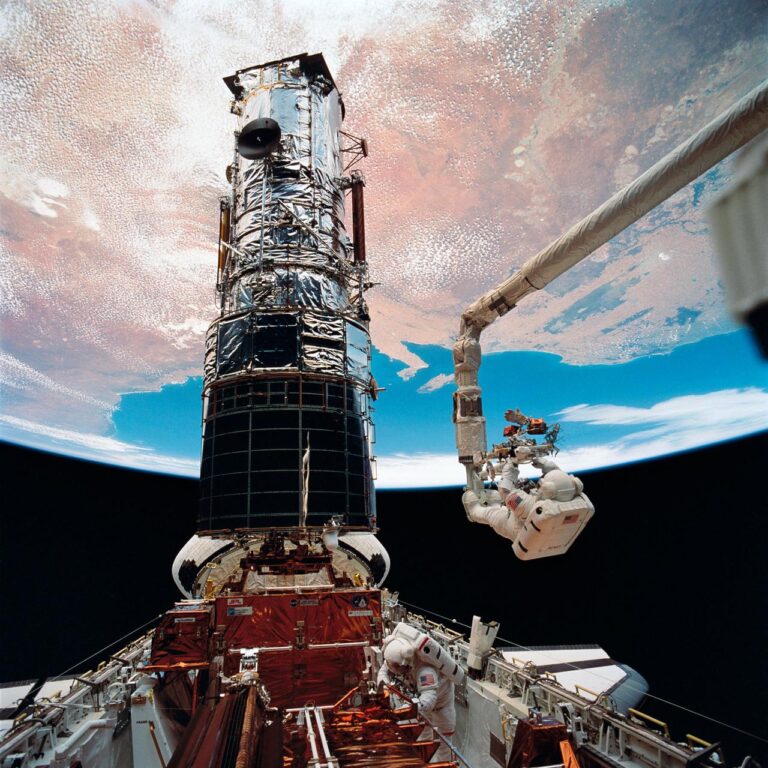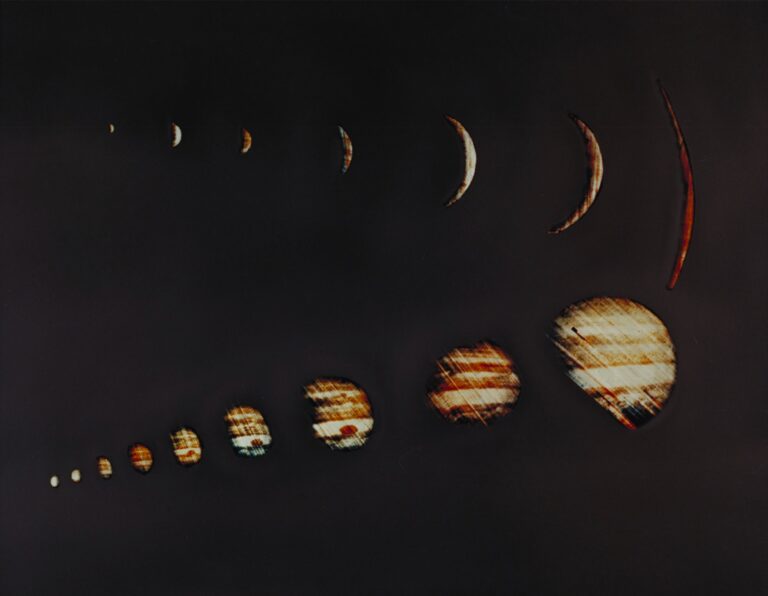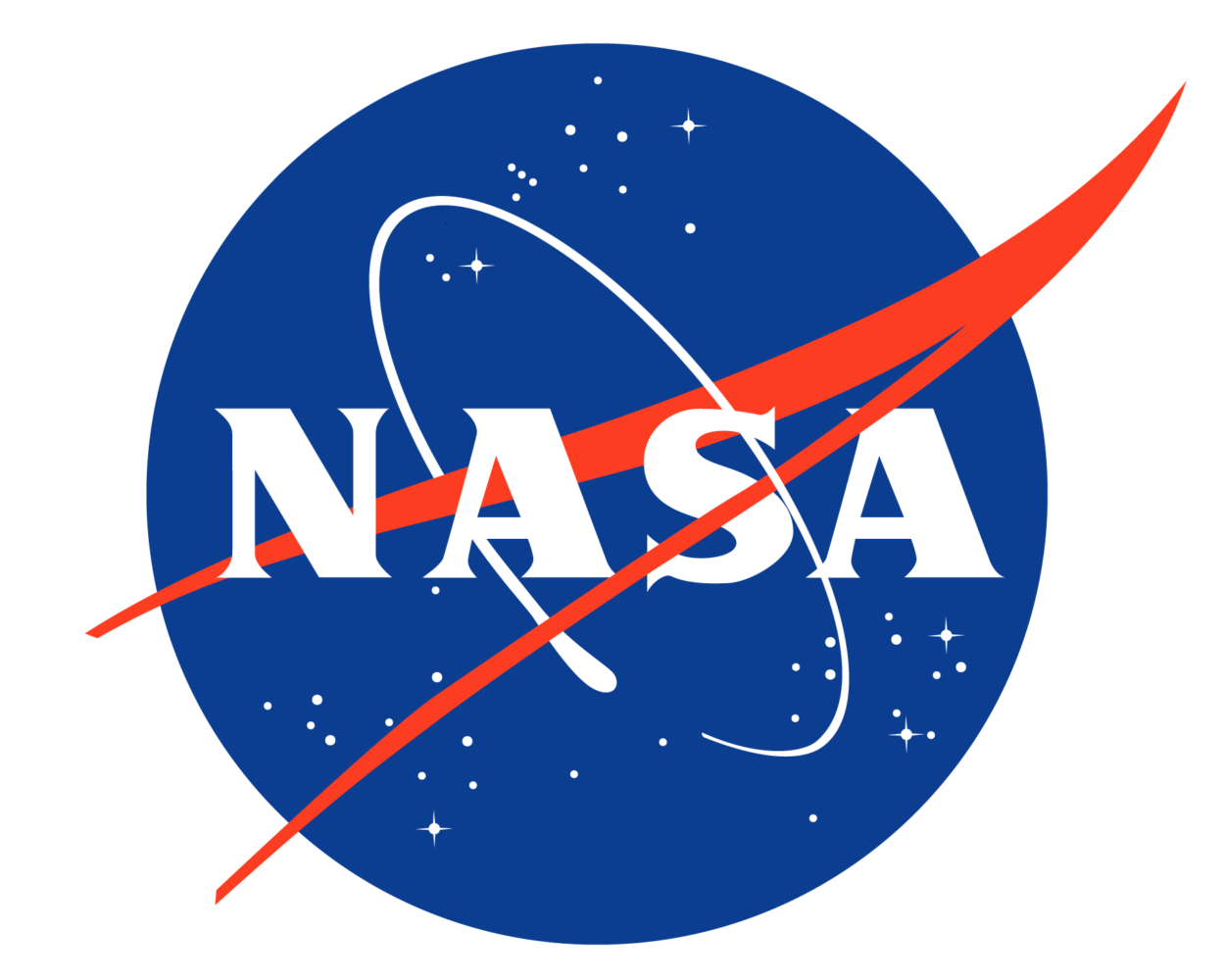
NASA has two official logos: this one, called the "meatball," and the plain red text spelling out "NASA," known as the "worm." Credit: NASA
Key Takeaways:
- The 1957 launch of Sputnik by the Soviet Union initiated the Space Race, prompting concerns within the United States about technological and military inferiority.
- Subsequent Soviet Sputnik launches spurred Congressional hearings and the formation of the President's Scientific Advisory Committee (PSAC) in the U.S.
- In February 1958, PSAC recommended the creation of a civilian space agency, a proposal subsequently endorsed by President Eisenhower in April.
- Legislation establishing NASA was passed in July 1958 and signed into law by President Eisenhower on July 29th.
When the Soviet Union launched Sputnik in 1957, the Space Race exploded as the U.S. and Soviet Union competed to show their dominance in the technology and military spheres. Sputnik 2 and then 3 followed, and real concerns about the U.S. falling behind were raised. Congressional hearings began in 1957, and President Dwight D. Eisenhower formed the President’s Scientific Advisory Committee (PSAC). In February 1958, PSAC recommended a civilian space agency be established; in April, Eisenhower asked Congress to pass legislation to that end. By July 16, the bill had passed, and on July 29, Eisenhower signed the National Aeronautics and Space Act, establishing NASA.



